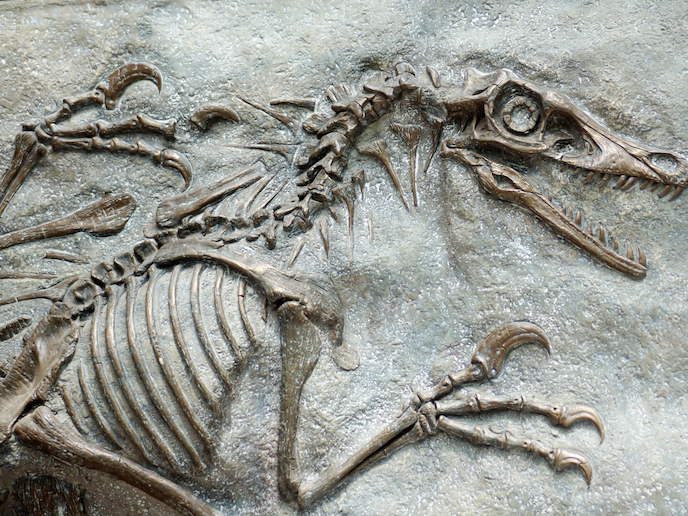Fossil record reveals extent of diversity of past life on Earth
Estimates of the total number of species on Earth today range from 5 million to 100 million or more. “The majority of those species – perhaps 75-95 % – live on land,” notes TERRA project coordinator Richard Butler, professor of palaeobiology at the University of Birmingham, United Kingdom. “This is a paradox when you consider that land covers only a fraction of the Earth’s surface, and life has had longer to evolve in the sea than on land.” The fundamental source of information on biodiversity is the fossil record. This has long been used to trace biodiversity change over long geological timescales. For example, there is a prevailing view that life on land today is much more diverse and complex than at any point in the geological past. “Such narratives rely on us being able to accurately reconstruct past biodiversity,” says Butler. “The challenge is that the fossil record is severely biased and tends to become better sampled and better understood in more recent time intervals.”
Life on land
The TERRA project, supported by the European Research Council, sought to establish whether the hypothesis of ever-increasing biodiversity on land was correct, or an artefact of fossil record biases. The project used data from the Paleobiology Database, an online research resource that aims to summarise the entire fossil record of life on Earth. “The database contains tens of thousands of records of land tetrapods, four-limbed vertebrates, with information on where they were found and how old they are geologically. We also carried out comparable analyses for marine animals, to understand similarities and differences in patterns across the two realms.” Butler and his team found strong evidence that the hypothesis of exponential diversification on land is an artefact of sampling bias. They found that levels of diversity on land were relatively stable over long periods of geological time. “This suggests that there were constraints on diversification,” he adds. “Perhaps competition for resources between species limited the total number of species that could occur within ecosystems.” The project found similar patterns in the sea to on land. The fossil record also clearly shows that, on land and in the sea, mass extinctions played a critical role in disrupting this stability.
Records of the past
These results could fundamentally change the grand narrative of how life has evolved on land over hundreds of millions of years. “They challenge ideas that ecosystems today are vastly more diverse and complex than they were in, for example, the Cretaceous period,” says Butler. “And they demonstrate the role of mass extinctions in not only disrupting global ecosystems but also, potentially, catalysing an increase in diversity. This they do through creating opportunities for new groups of animals to diversify.” The team are currently digging deeper into questions of how environmental change drives biodiversity patterns through geological time. This work is being carried out in collaboration with climate modellers. “We’re applying this initially to dinosaurs, but this has potential to yield insights with many different types of fossil data,” he explains. Butler believes that this work will drive further detailed examination of the patterns and drivers of diversity on land. “I also hope that we might gain an increased appreciation for the richness of deep-time ecosystems, many of which may have been as complex and diverse as those that we see around today,” he concludes.
Keywords
TERRA, fossil, evolution, extinction, palaeobiology, geological, tetrapods, biodiversity



